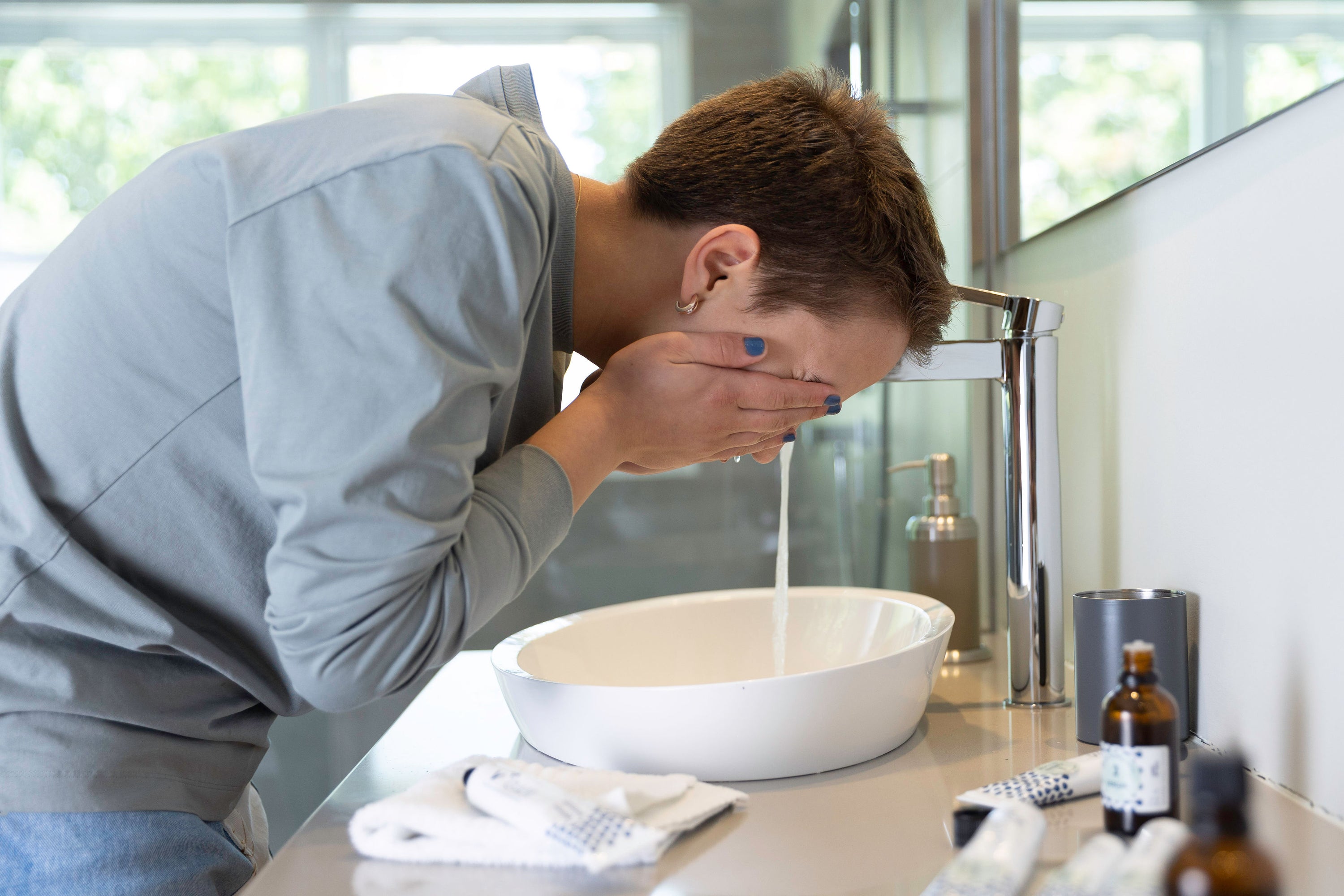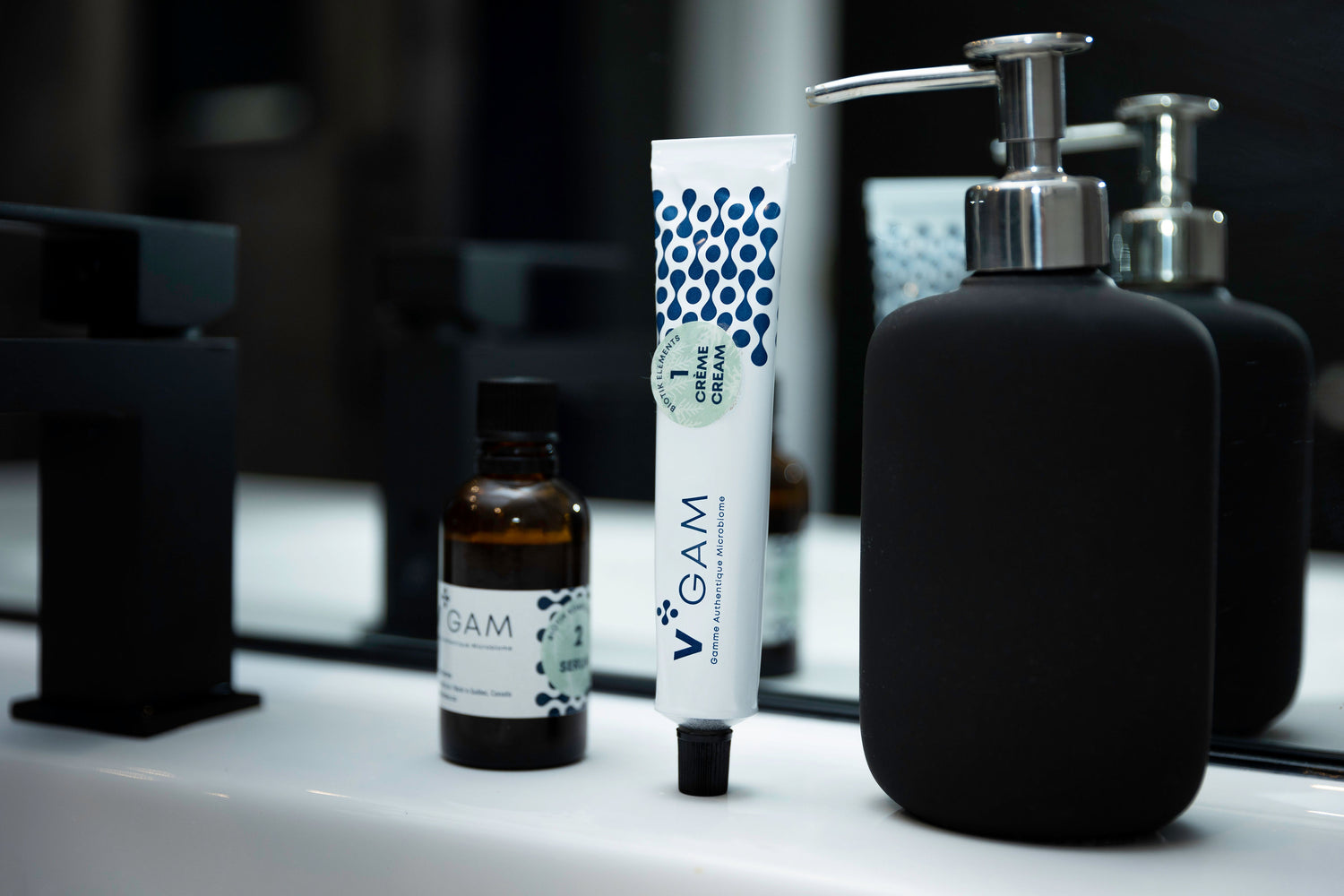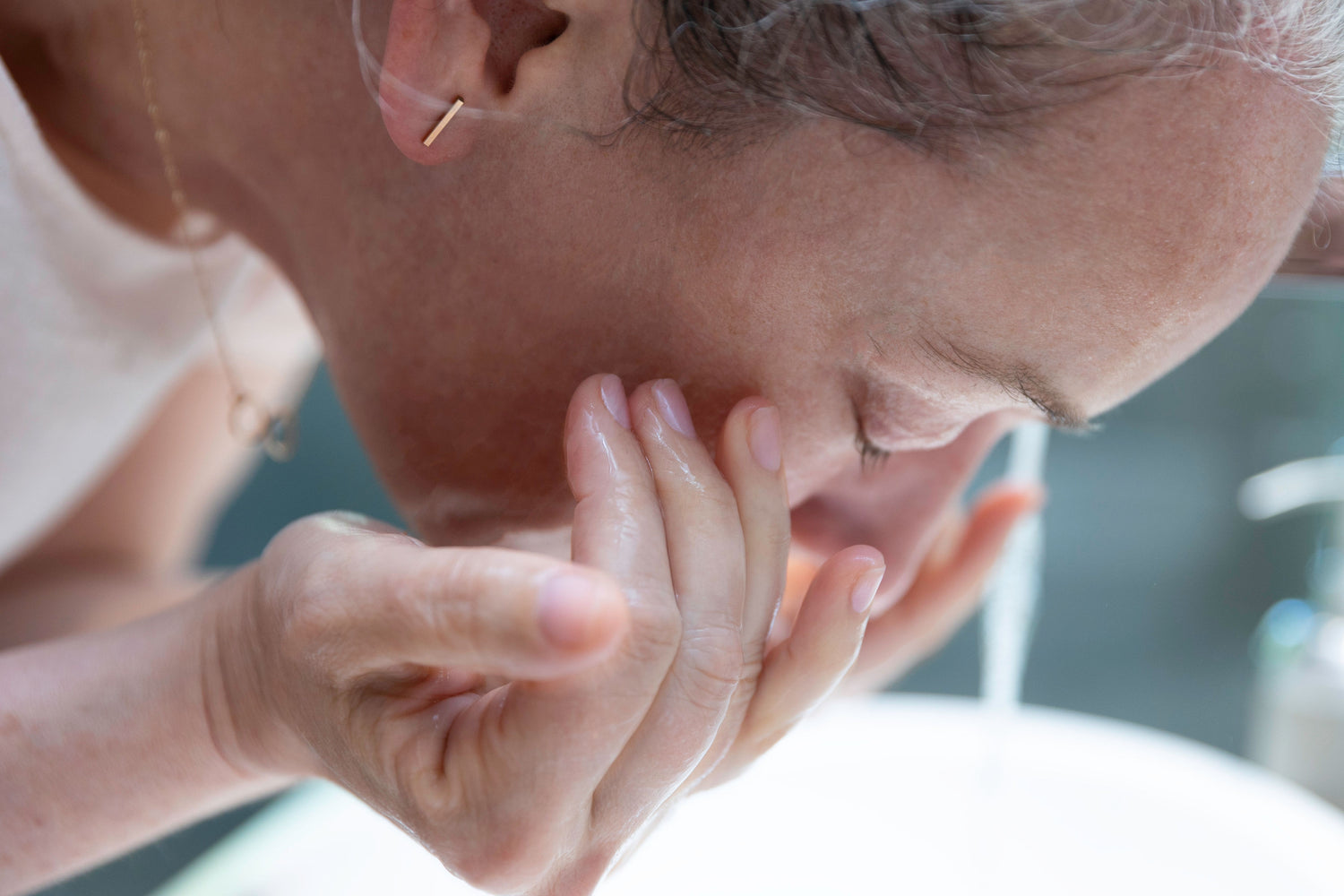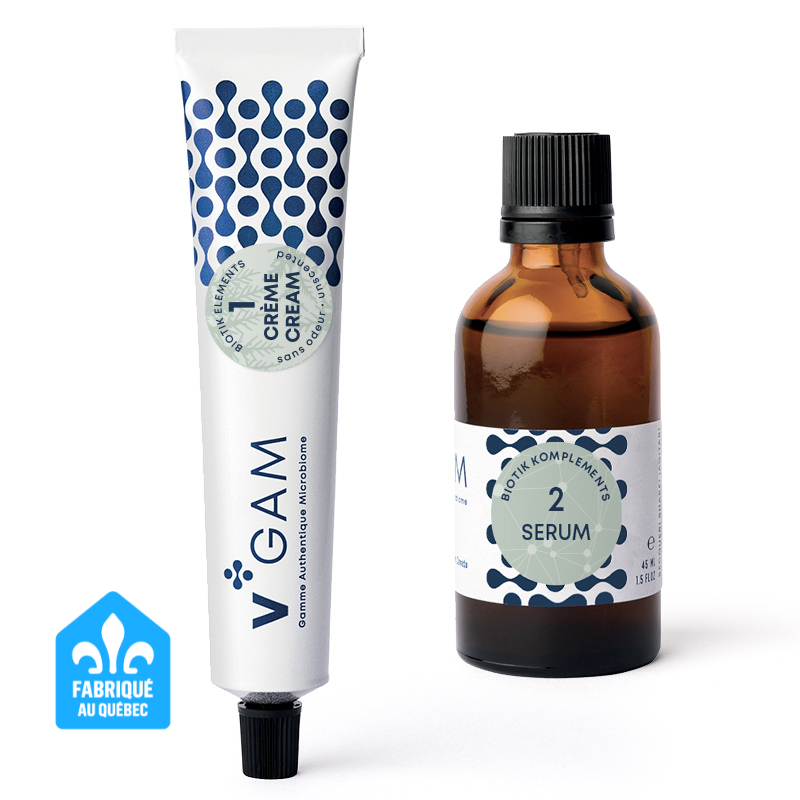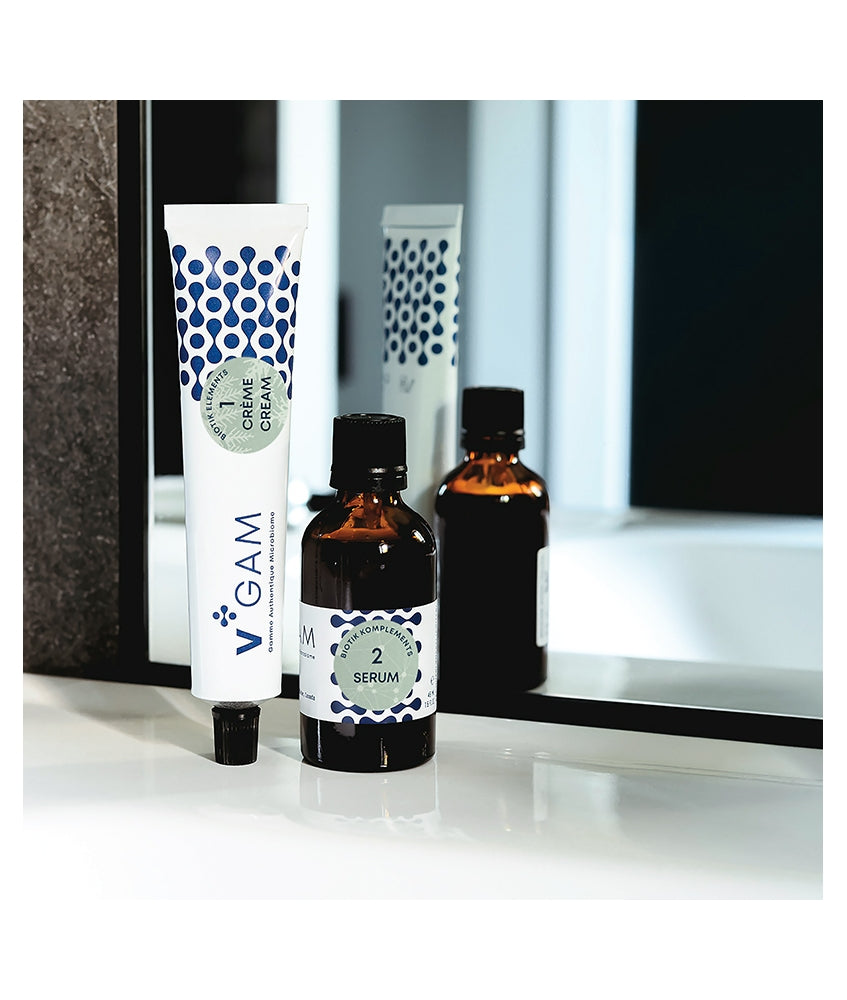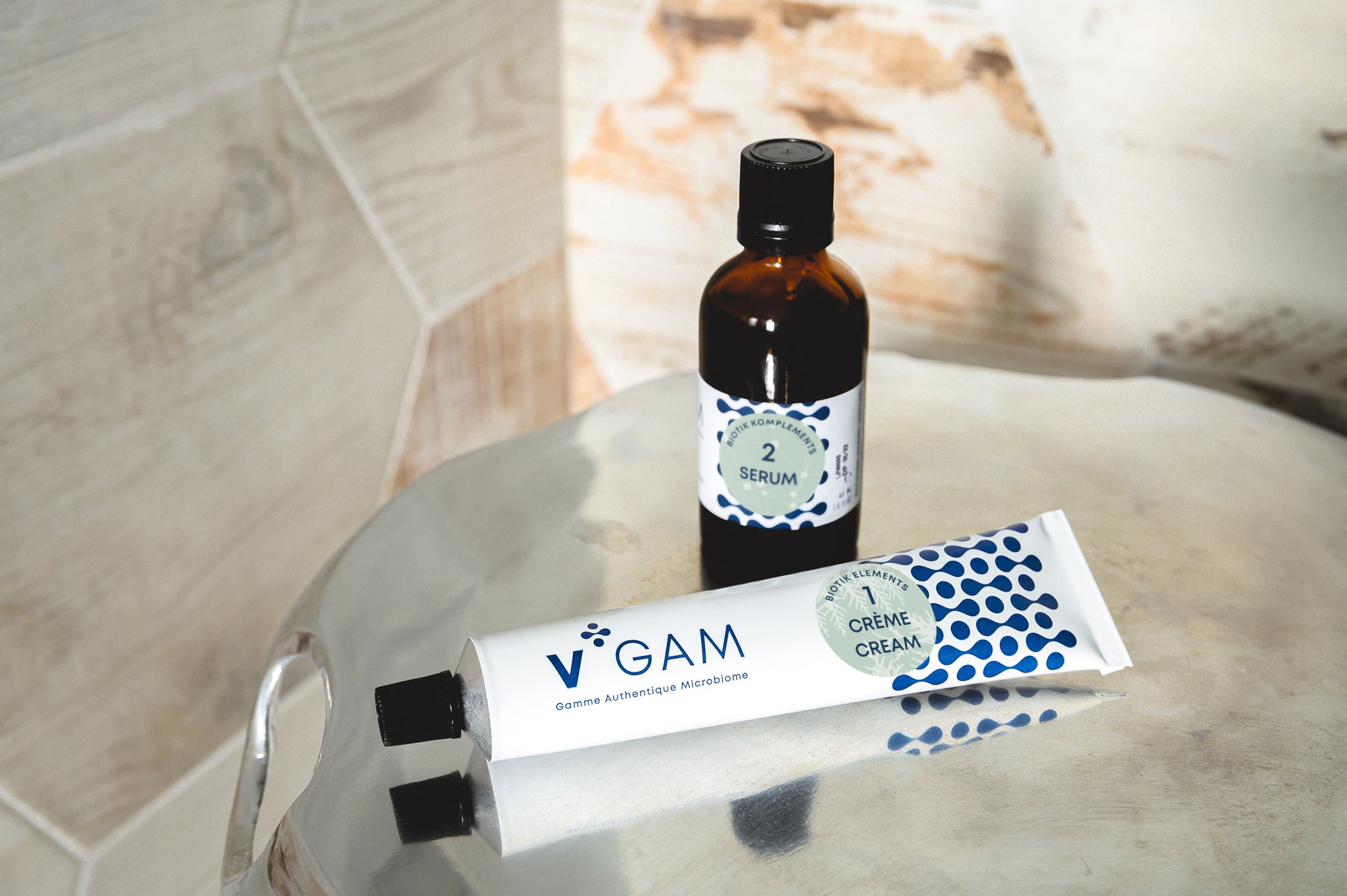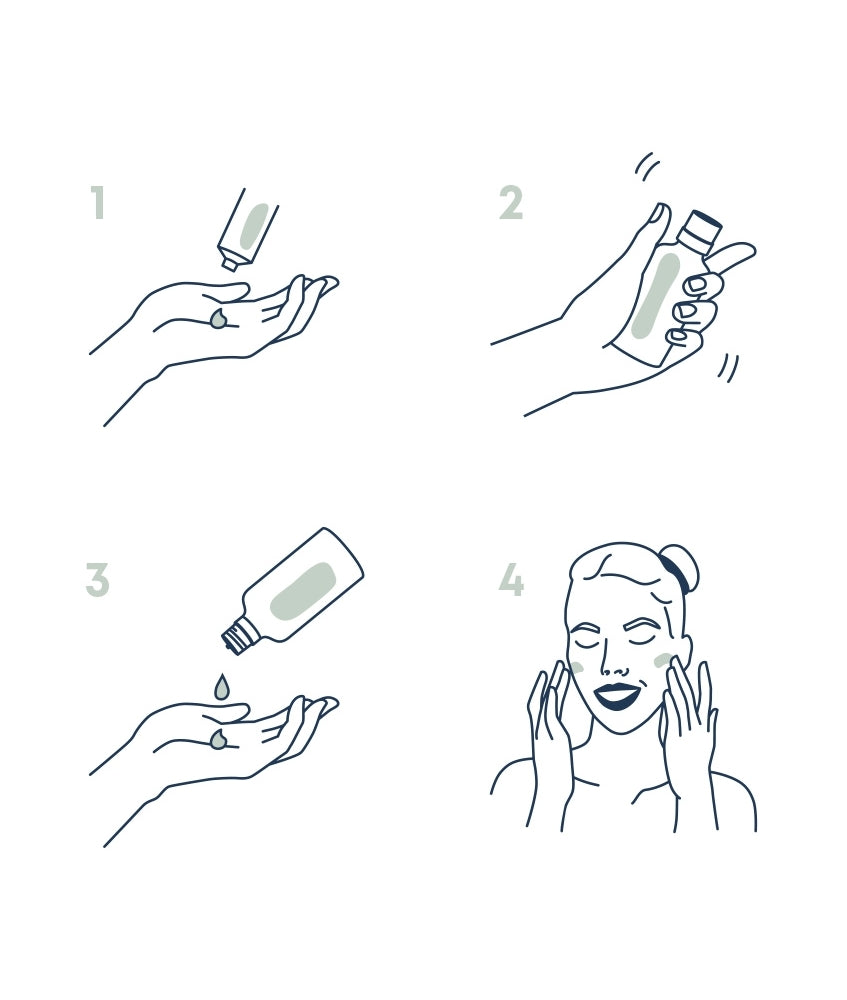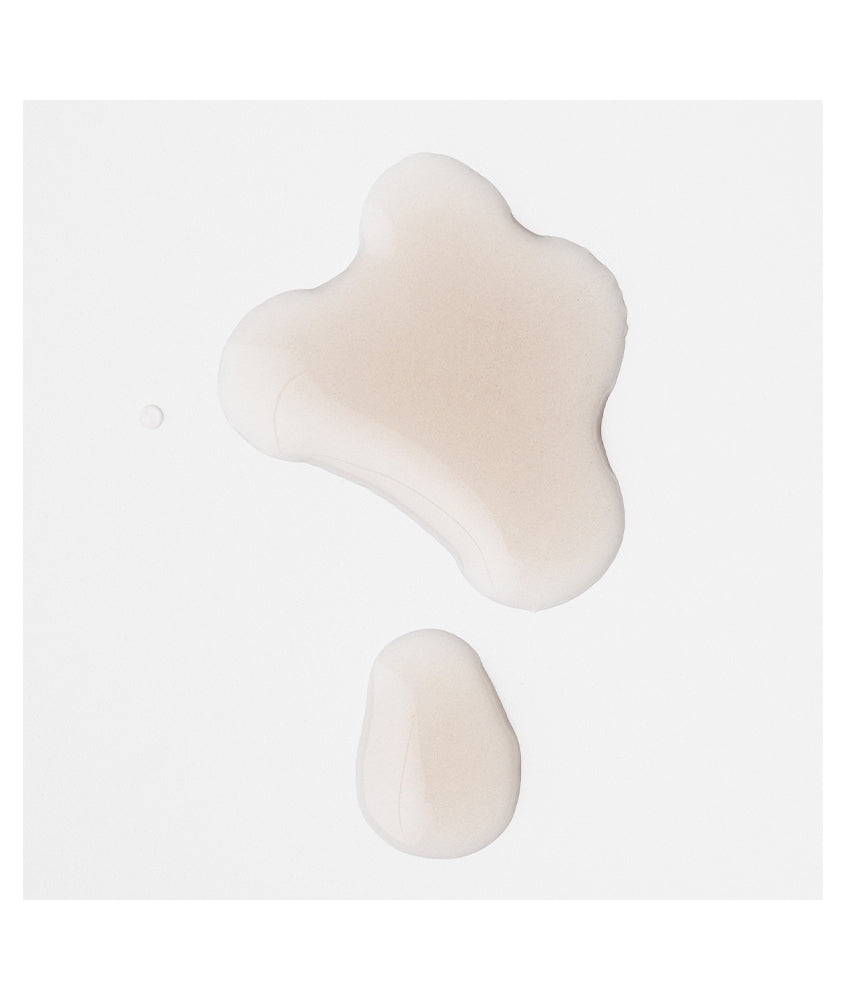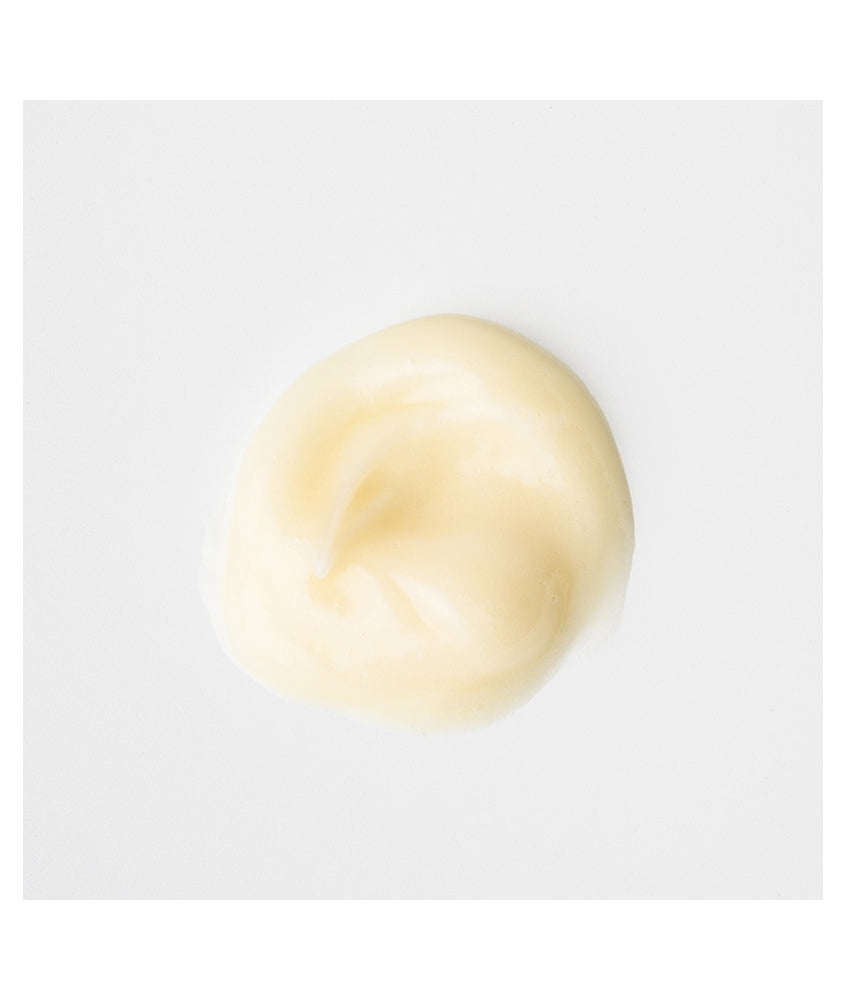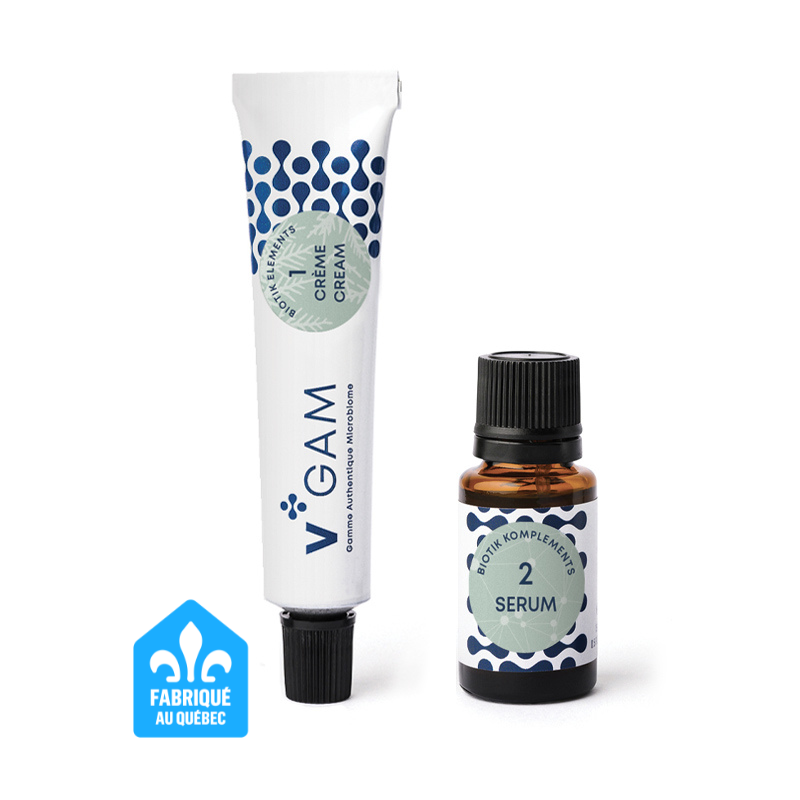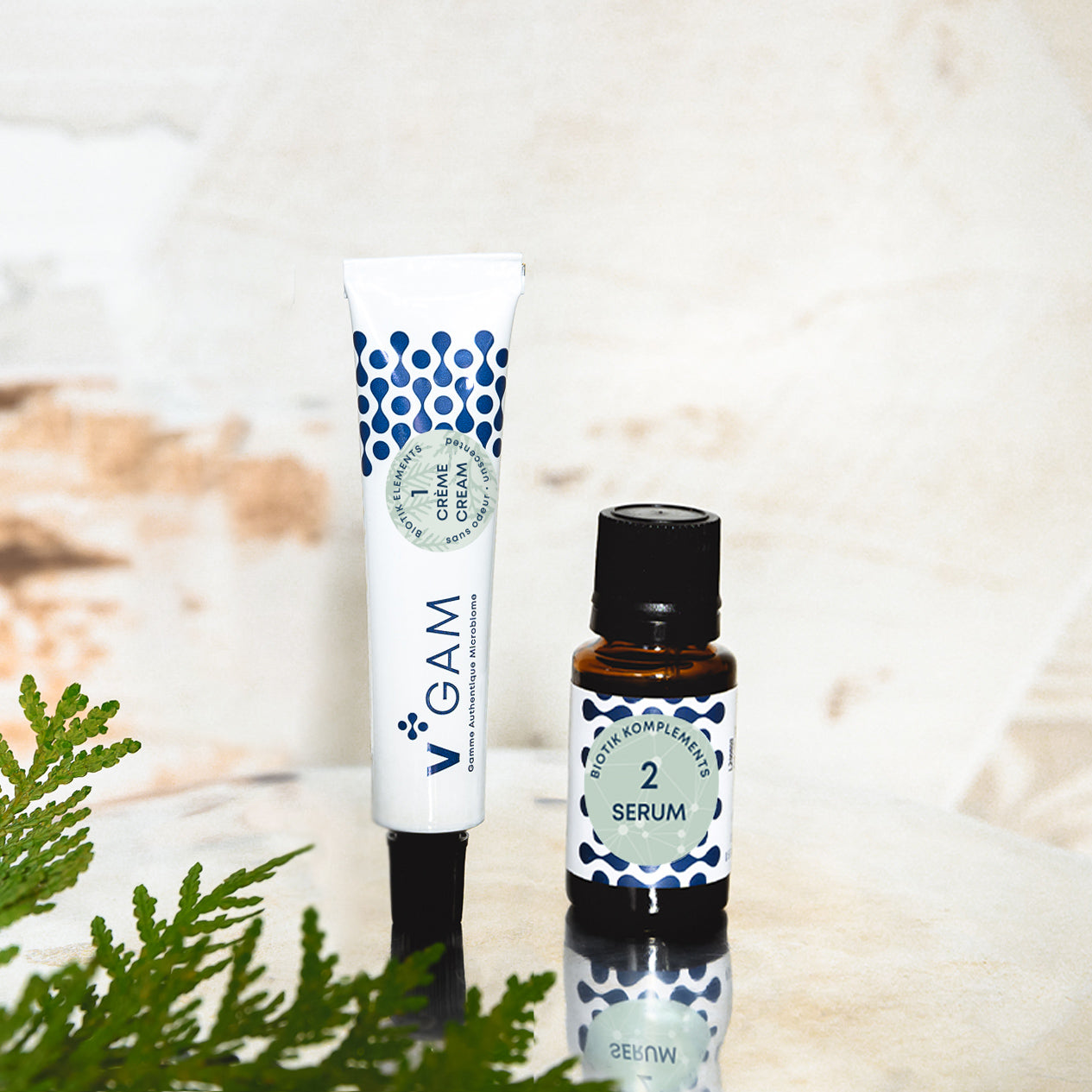With the start of a new year, you have multiple New Year resolutions focusing on personal growth and wellness. When considering health, you should add your skin to your checklist; after all, it plays an essential role in your body’s harmony.
Paying attention to the balance your skin needs is vital; this is why it’s essential to understand when these changes are happening so you can adapt to its requirements and maintain healthy skin, no matter the environment in which your skin is.
Changes in the composition of the skin flora can lead to skin problems such as infections, inflammation, and allergies. Here is a list of some typical signs of an imbalanced skin microbiota:
i) dry, dehydrated skin
ii) allergies
iii) skin infections and irritations
iv) premature aging
v) various skin conditions like alopecia, psoriasis, acne, dermatitis, etc.
vi) breakouts
A perturbed NMF can cause oily skin to become dehydrated as it loses its ability to retain water. Dehydration goes hand in hand with dry skin because smaller amounts of skin lipids aren’t sufficient to prevent water loss; oily skin, however, can also get dehydrated when things are not in balance.
So, how do we avoid this off-kilter skin microbiome and all the issues that come with it? The good news is we can prevent imbalance and restore a healthy balance through simple but scientific skincare!
Our research has taught us that we can maintain harmony in the skin microbiome through some crucial ingredients.
The foundations of dry skin prevention and treatment are:
Emollients, humectants and occlusives.
- EMOLLIENTS are ingredients in skincare products that form a film on your skin’s outer layer. These ingredients can relieve dryness, itching and scaling. Emollients can help soften and smooth the skin. Plants oils, free fatty acids and ceramides are some examples of emollients.
- HUMECTANTS attract and bind water into the skin at the proper pH. They are one of the most common ingredients found in skin products. Humectants work well with occlusives and emollients. Glycerol is an example of a humectant.
- OCCLUSIVES are a type of moisturizing agent that creates a barrier on the skin's surface and prevents water loss that happens when too much moisture can escape from your skin into the air by trapping the water into the skin. Mineral oils and silicones are examples of occlusives.
Like any ecosystem, your skin can and does become imbalanced. You can prevent this through basic science and a simple - and adaptable - skincare routine, allowing you to react to your skin needs, leading to healthier skin, rather than using 4+ products that might not give you precisely what your skin needs.
Your skin is remarkable. It is resilient and self-sufficient. Nature has designed it to protect itself well; however, sometimes, it will need your help to stay healthy and great-looking. Learn from your skin and incorporate the elements of strength and harmony into other areas of your life, remembering always to restore, adapt and protect.


